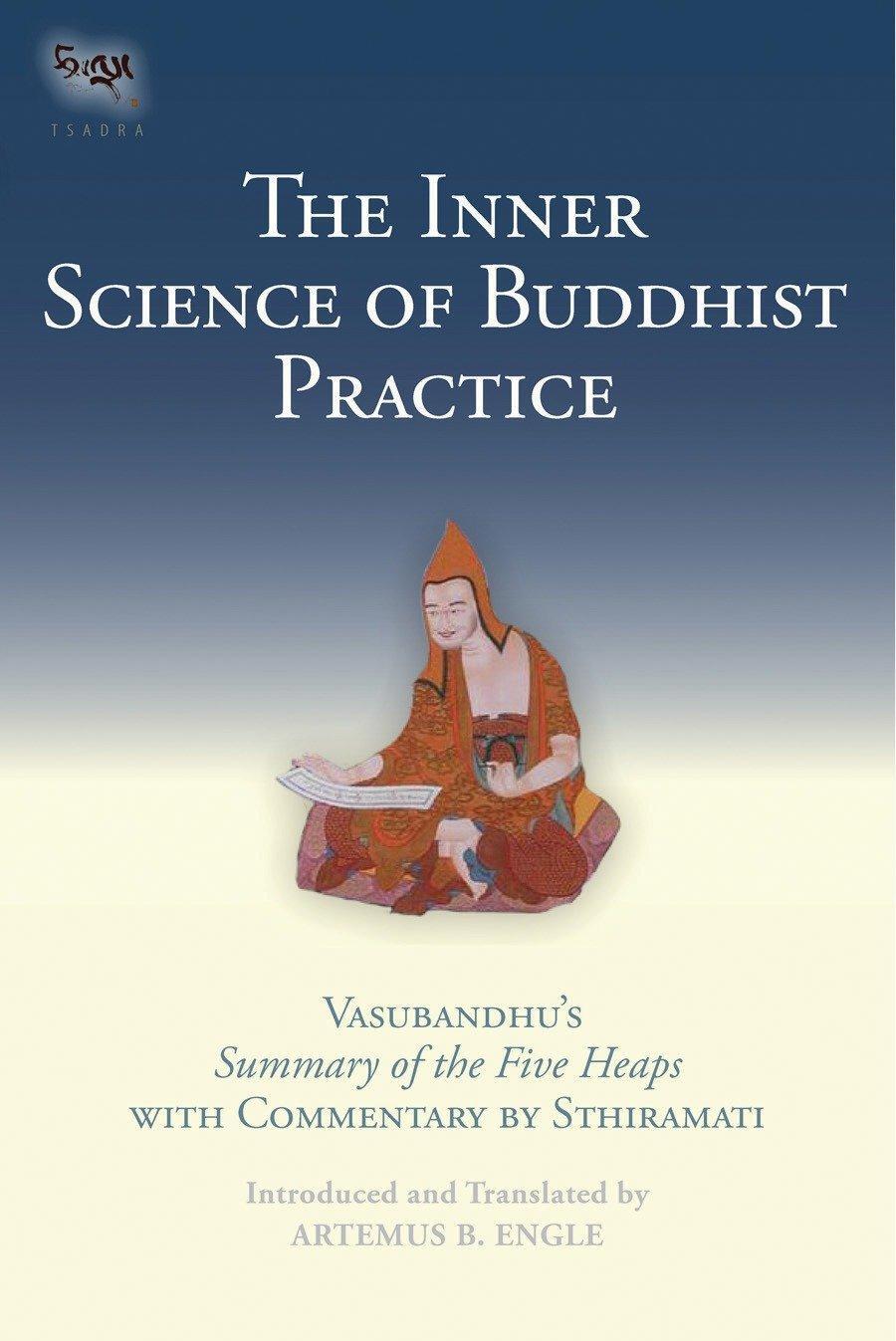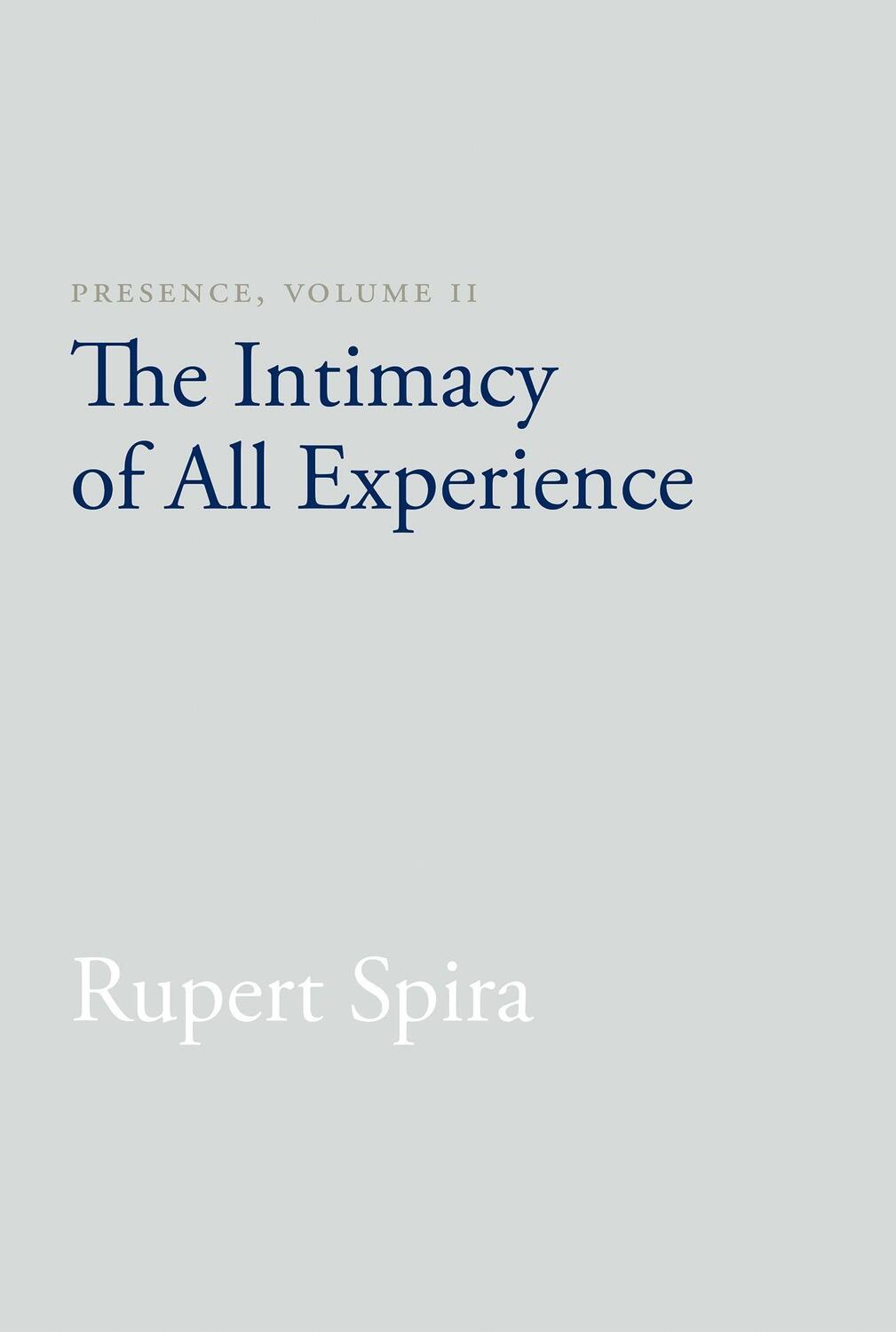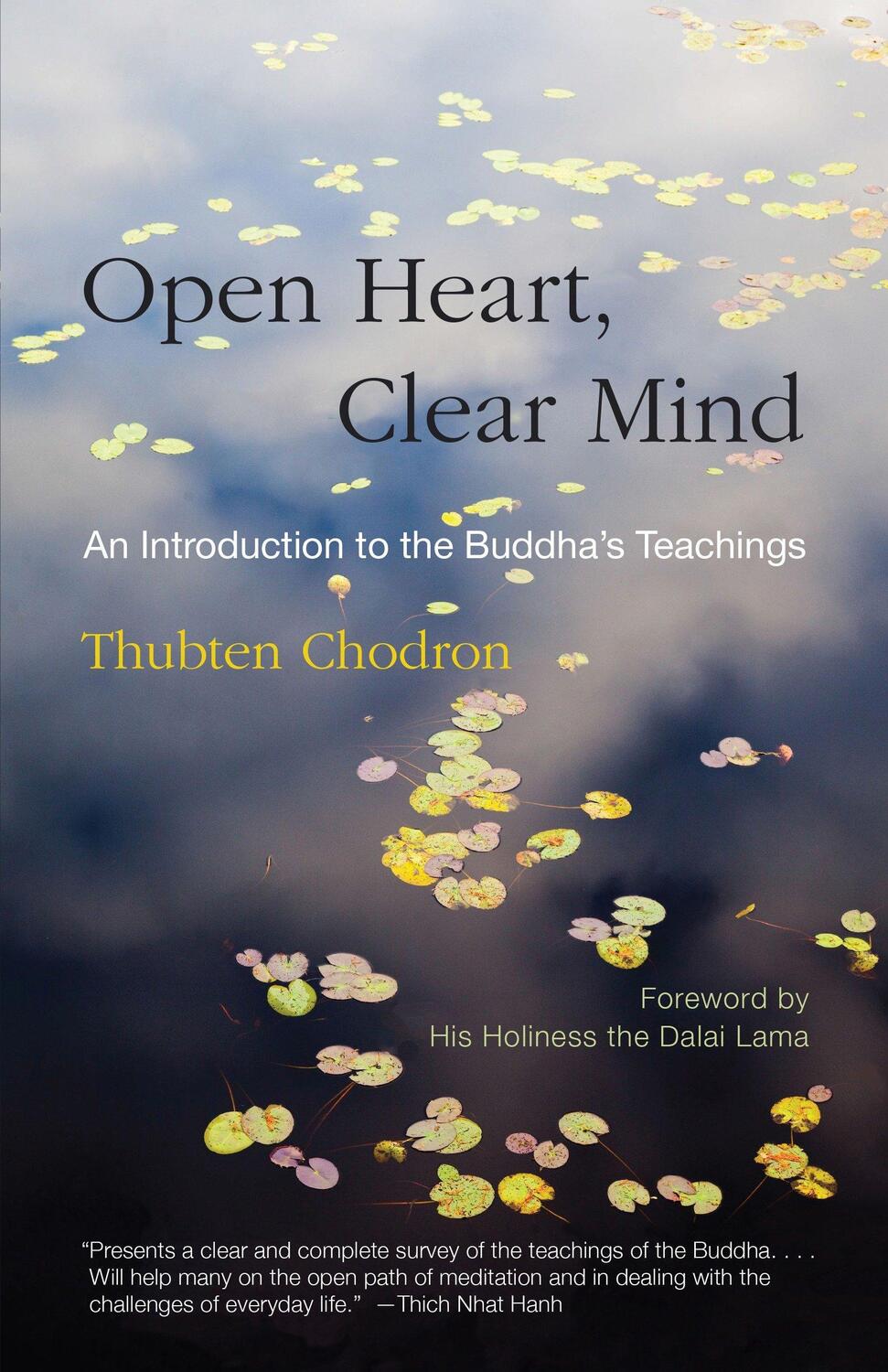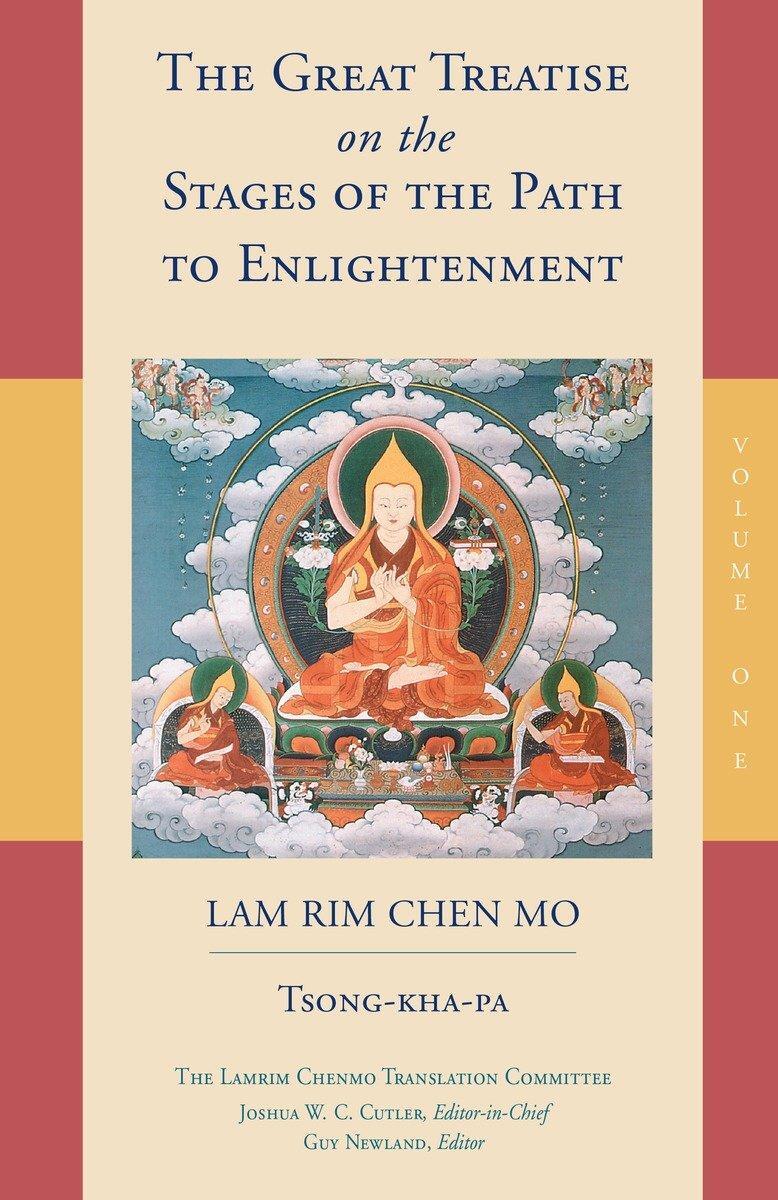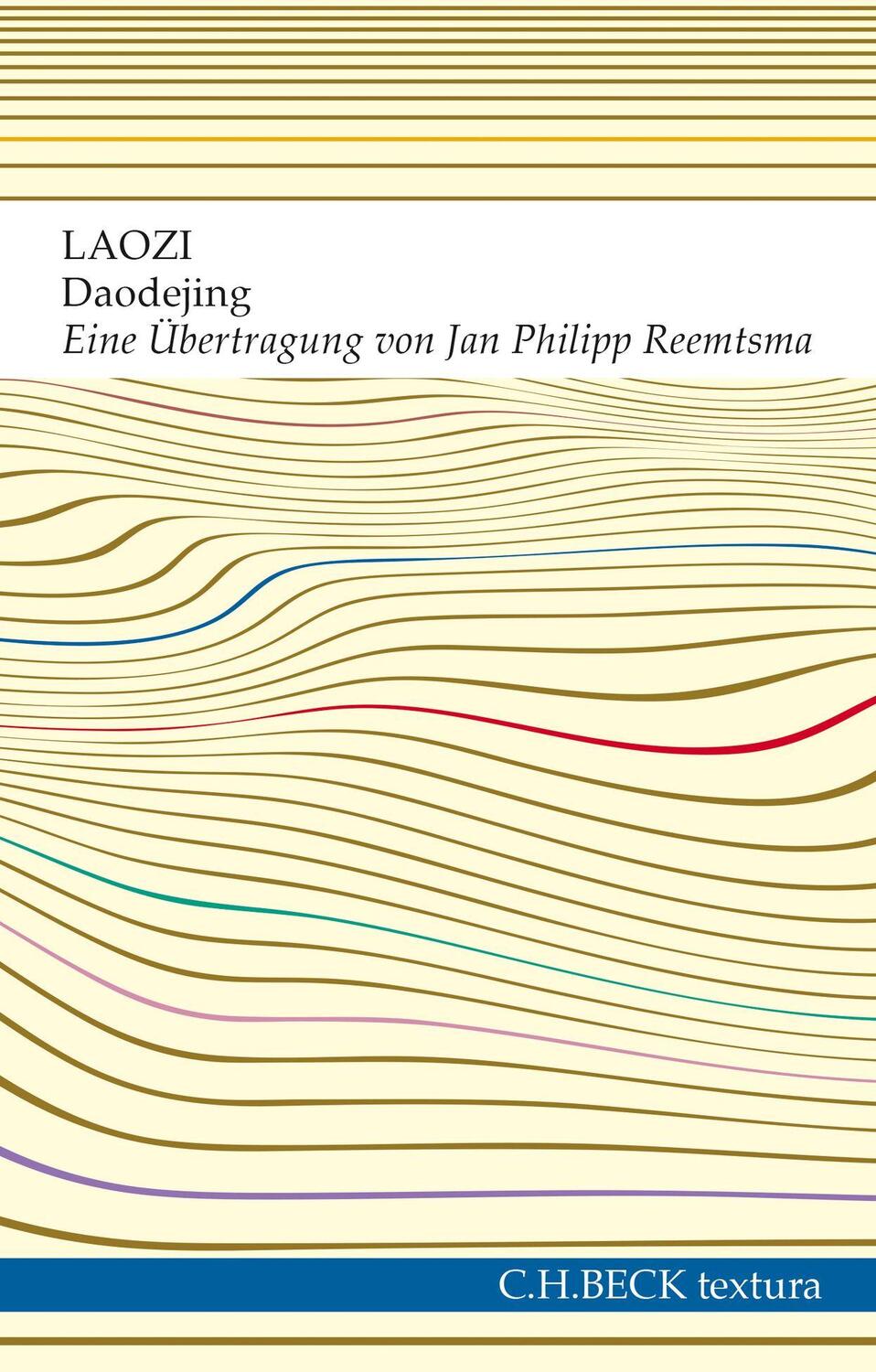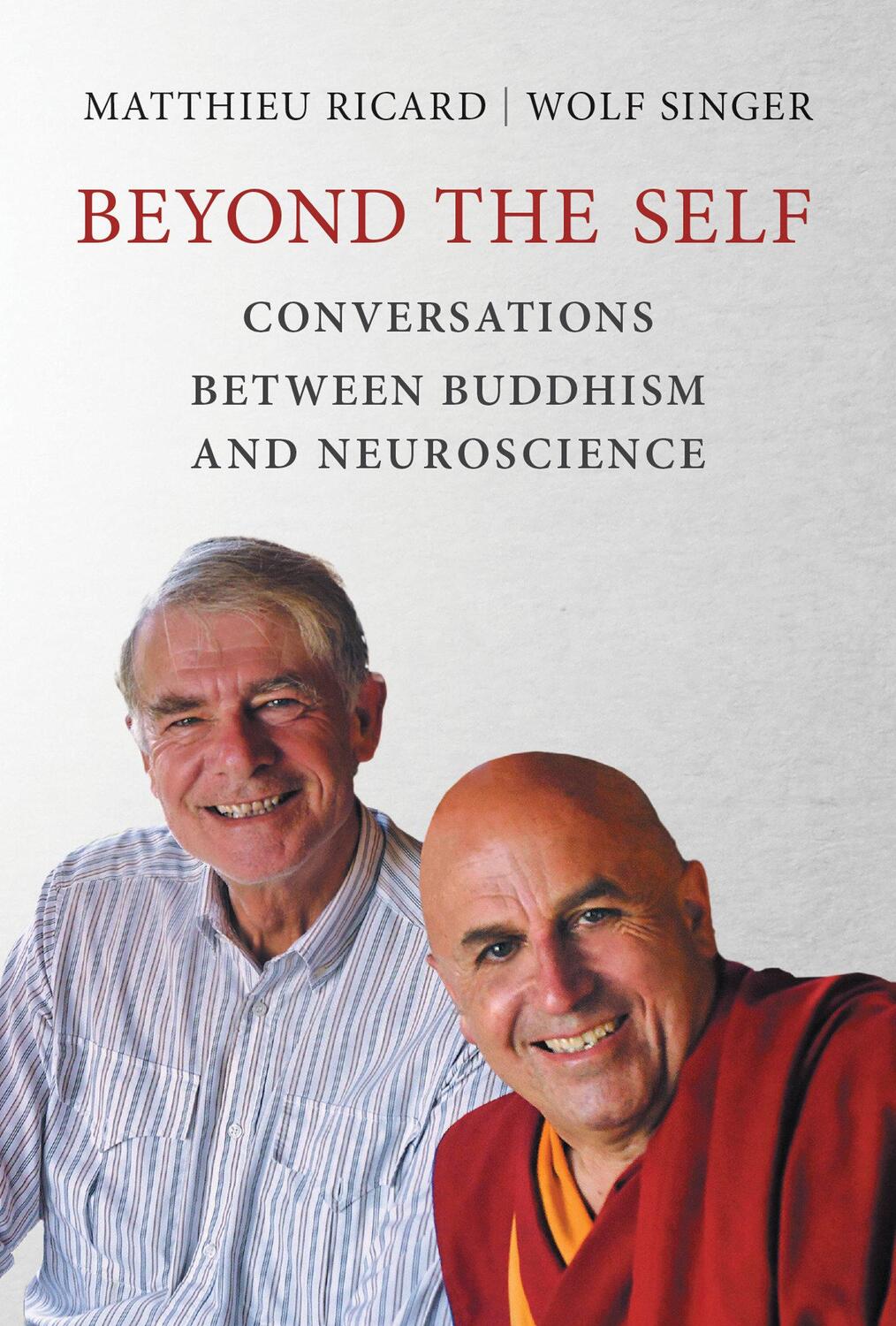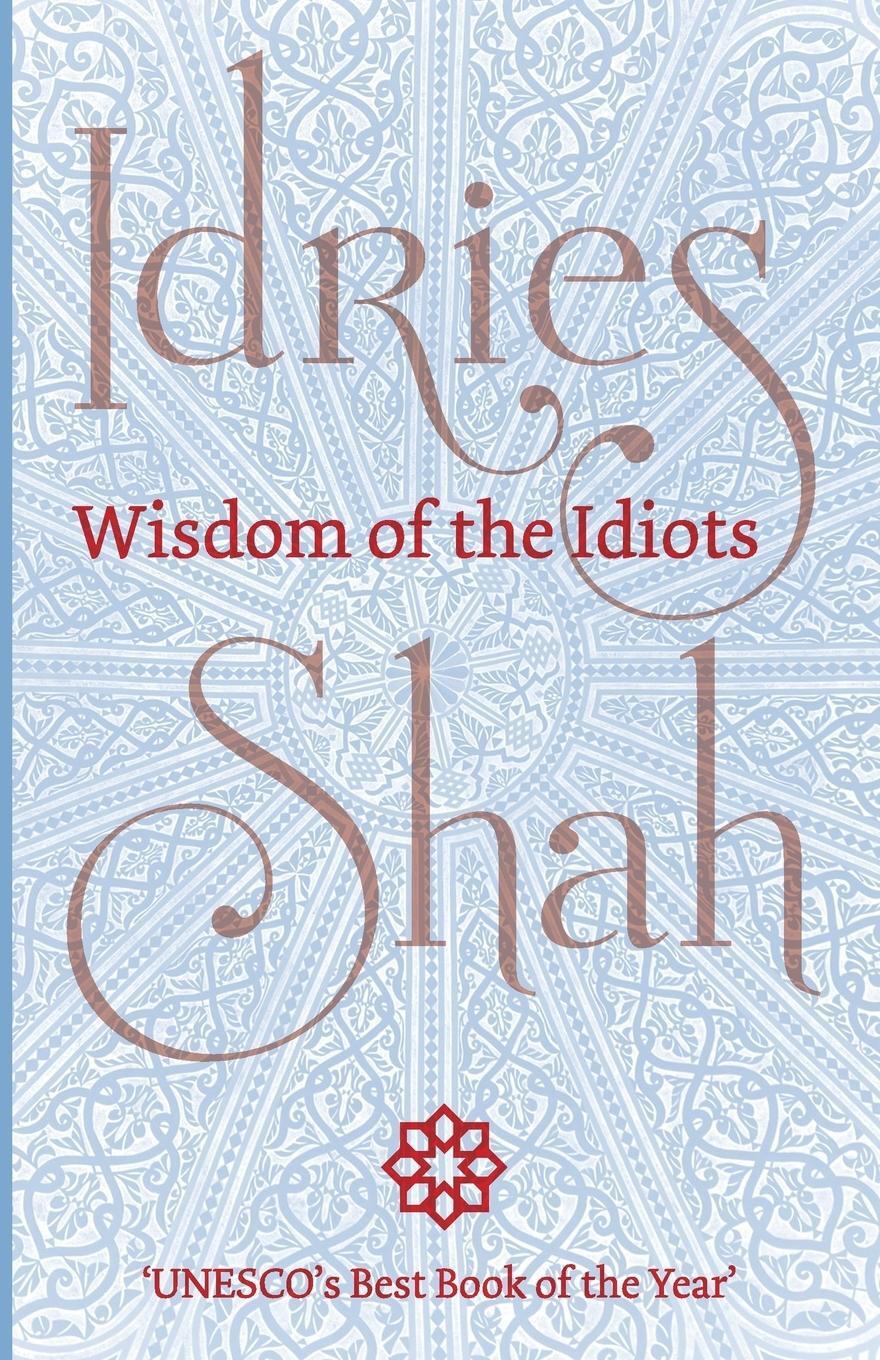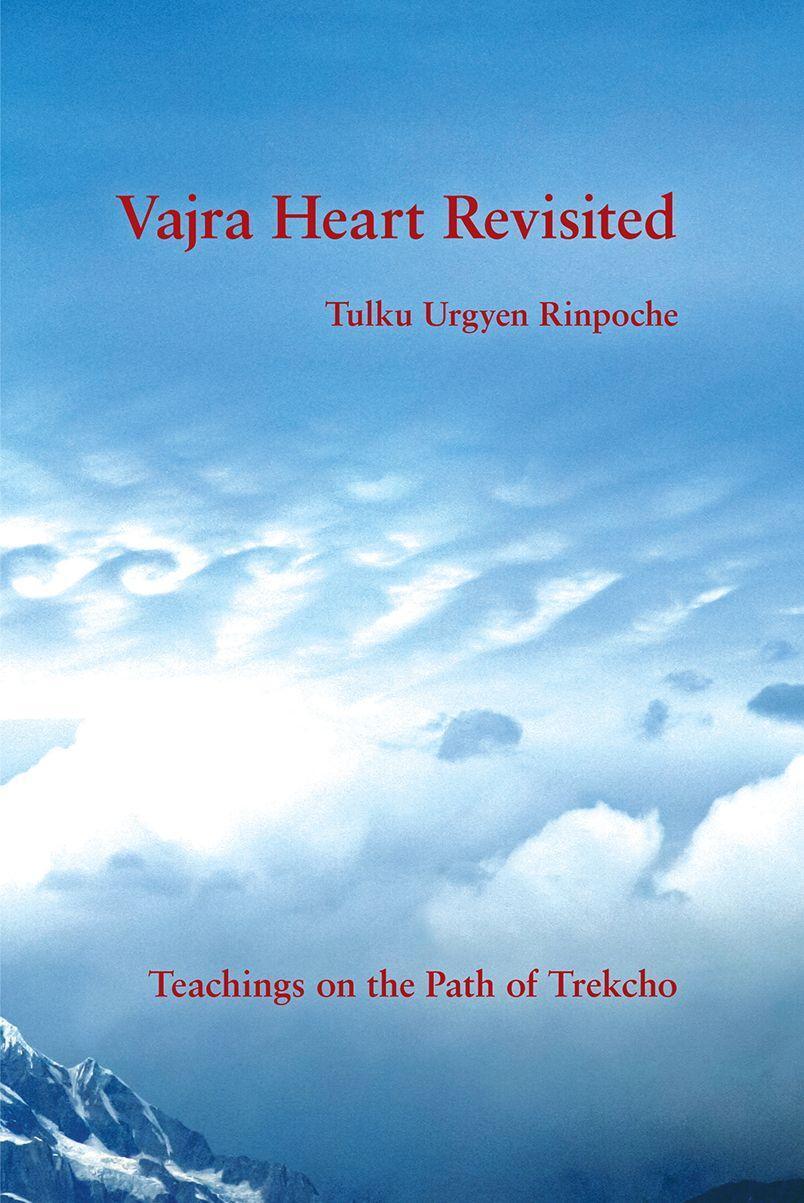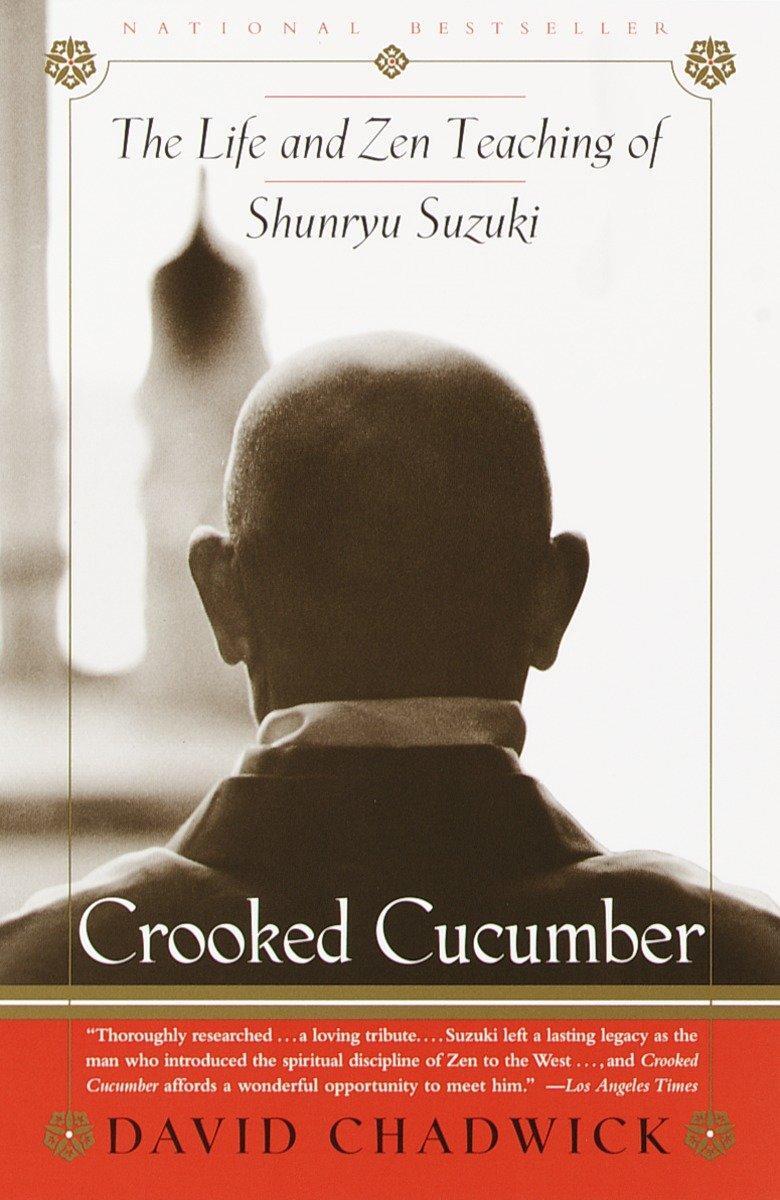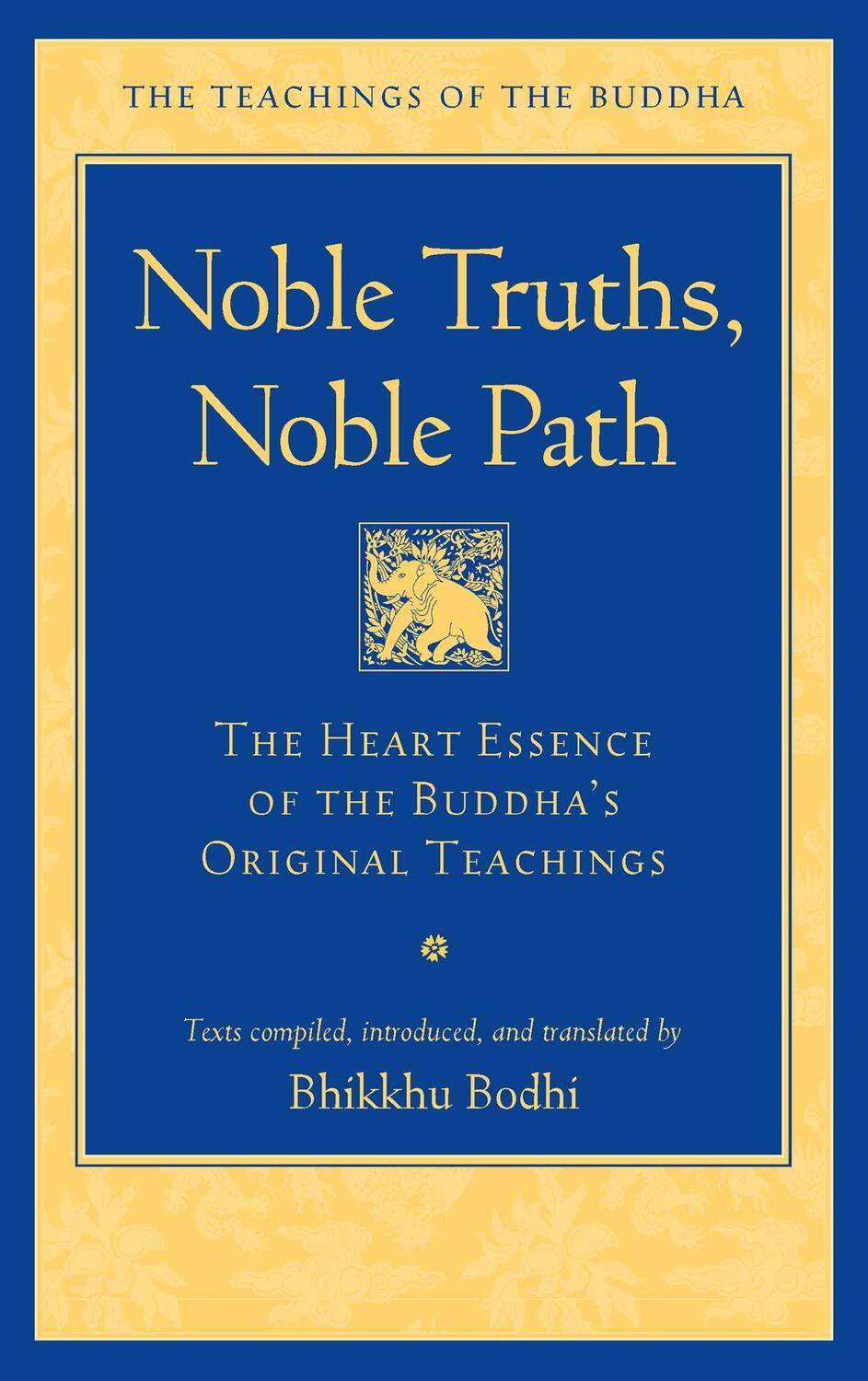Dekorationsartikel gehören nicht zum Leistungsumfang.
40,50 €*
Versandkostenfrei per Post / DHL
Aktuell nicht verfügbar
Kategorien:
Beschreibung
The Inner Science of Buddhist Practice contains translations of texts by two historically important Indian Buddhist scholars: Vasubhandhu's "Summary of the Five Heaps" and Sthiramati's commentary on Vasubandhu's root text. These works present the traditional Buddhist analysis of ordinary experience and provide rich resources for studying Buddhist and Western interpretations of the psychology of spiritual development. According to Buddhist doctrine, the mind of an ordinary person even at birth holds deeply ingrained predispositions that lead us to perceive the elements of everyday experience mistakenly and to believe, for instance, that entities persist through time that the pleasures we pursue are genuinely satisfying, that our own personal being is governed by a real self, and that all physical and mental phenomena have a distinct, independent, and real essence. Our everyday language only serves to reinforce and deepen these erring notions. Buddhist teaching reveals how to reject these flawed beliefs and replace them with a model that both more accurately represents our experience and is indispensable to the realizations that will free us from cyclic existence. The ability to accomplish this rests largely with learning the unique vocabulary and explanations found in Buddhist literature, since that is how we will discover what is mistaken about our untutored beliefs and where we will gain the intellectual skills that are needed to construct a new and more refined conceptual infrastructure. Engle's introduction explores how the material contained in the two translations can specifically improve practice of the Tibetan teaching system known as Lamrim, or Stages of the Path. Each of the levels of motivation described by the Lamrim teachings is examined in light of the doctrine of the five heaps-form, feeling, conception, formations, and consciousness-to show how greater understanding of the classical Buddhist doctrines can enhance practice of that portion of the instruction.
The Inner Science of Buddhist Practice contains translations of texts by two historically important Indian Buddhist scholars: Vasubhandhu's "Summary of the Five Heaps" and Sthiramati's commentary on Vasubandhu's root text. These works present the traditional Buddhist analysis of ordinary experience and provide rich resources for studying Buddhist and Western interpretations of the psychology of spiritual development. According to Buddhist doctrine, the mind of an ordinary person even at birth holds deeply ingrained predispositions that lead us to perceive the elements of everyday experience mistakenly and to believe, for instance, that entities persist through time that the pleasures we pursue are genuinely satisfying, that our own personal being is governed by a real self, and that all physical and mental phenomena have a distinct, independent, and real essence. Our everyday language only serves to reinforce and deepen these erring notions. Buddhist teaching reveals how to reject these flawed beliefs and replace them with a model that both more accurately represents our experience and is indispensable to the realizations that will free us from cyclic existence. The ability to accomplish this rests largely with learning the unique vocabulary and explanations found in Buddhist literature, since that is how we will discover what is mistaken about our untutored beliefs and where we will gain the intellectual skills that are needed to construct a new and more refined conceptual infrastructure. Engle's introduction explores how the material contained in the two translations can specifically improve practice of the Tibetan teaching system known as Lamrim, or Stages of the Path. Each of the levels of motivation described by the Lamrim teachings is examined in light of the doctrine of the five heaps-form, feeling, conception, formations, and consciousness-to show how greater understanding of the classical Buddhist doctrines can enhance practice of that portion of the instruction.
Über den Autor
Artemus B. Engle studied Buddhism with the late Sera Mey Khensur Lobsang Tharchin Rinpoche for more than thirty years. Over much of the past decade he has continued his studies as a student of Gyumé Khensur Lobsang Jampa Rinpoche. In 1983 he earned a doctorate in Buddhist Studies from the University of Wisconsin and is currently a fellow with the Tsadra Foundation.
Details
| Erscheinungsjahr: | 2009 |
|---|---|
| Fachbereich: | Allgemeines |
| Genre: | Religion & Theologie |
| Rubrik: | Geisteswissenschaften |
| Thema: | Lexika |
| Medium: | Buch |
| Seiten: | 576 |
| ISBN-13: | 9781559393225 |
| ISBN-10: | 155939322X |
| Einband: | Gebunden |
| Autor: |
Engle, Artemus B.
Sthiramati, Sthiramati |
| Hersteller: | Shambhala Publications Inc |
| Maße: | 234 x 167 x 45 mm |
| Von/Mit: | Artemus B. Engle (u. a.) |
| Erscheinungsdatum: | 16.09.2009 |
| Gewicht: | 0,926 kg |
Über den Autor
Artemus B. Engle studied Buddhism with the late Sera Mey Khensur Lobsang Tharchin Rinpoche for more than thirty years. Over much of the past decade he has continued his studies as a student of Gyumé Khensur Lobsang Jampa Rinpoche. In 1983 he earned a doctorate in Buddhist Studies from the University of Wisconsin and is currently a fellow with the Tsadra Foundation.
Details
| Erscheinungsjahr: | 2009 |
|---|---|
| Fachbereich: | Allgemeines |
| Genre: | Religion & Theologie |
| Rubrik: | Geisteswissenschaften |
| Thema: | Lexika |
| Medium: | Buch |
| Seiten: | 576 |
| ISBN-13: | 9781559393225 |
| ISBN-10: | 155939322X |
| Einband: | Gebunden |
| Autor: |
Engle, Artemus B.
Sthiramati, Sthiramati |
| Hersteller: | Shambhala Publications Inc |
| Maße: | 234 x 167 x 45 mm |
| Von/Mit: | Artemus B. Engle (u. a.) |
| Erscheinungsdatum: | 16.09.2009 |
| Gewicht: | 0,926 kg |
Warnhinweis

